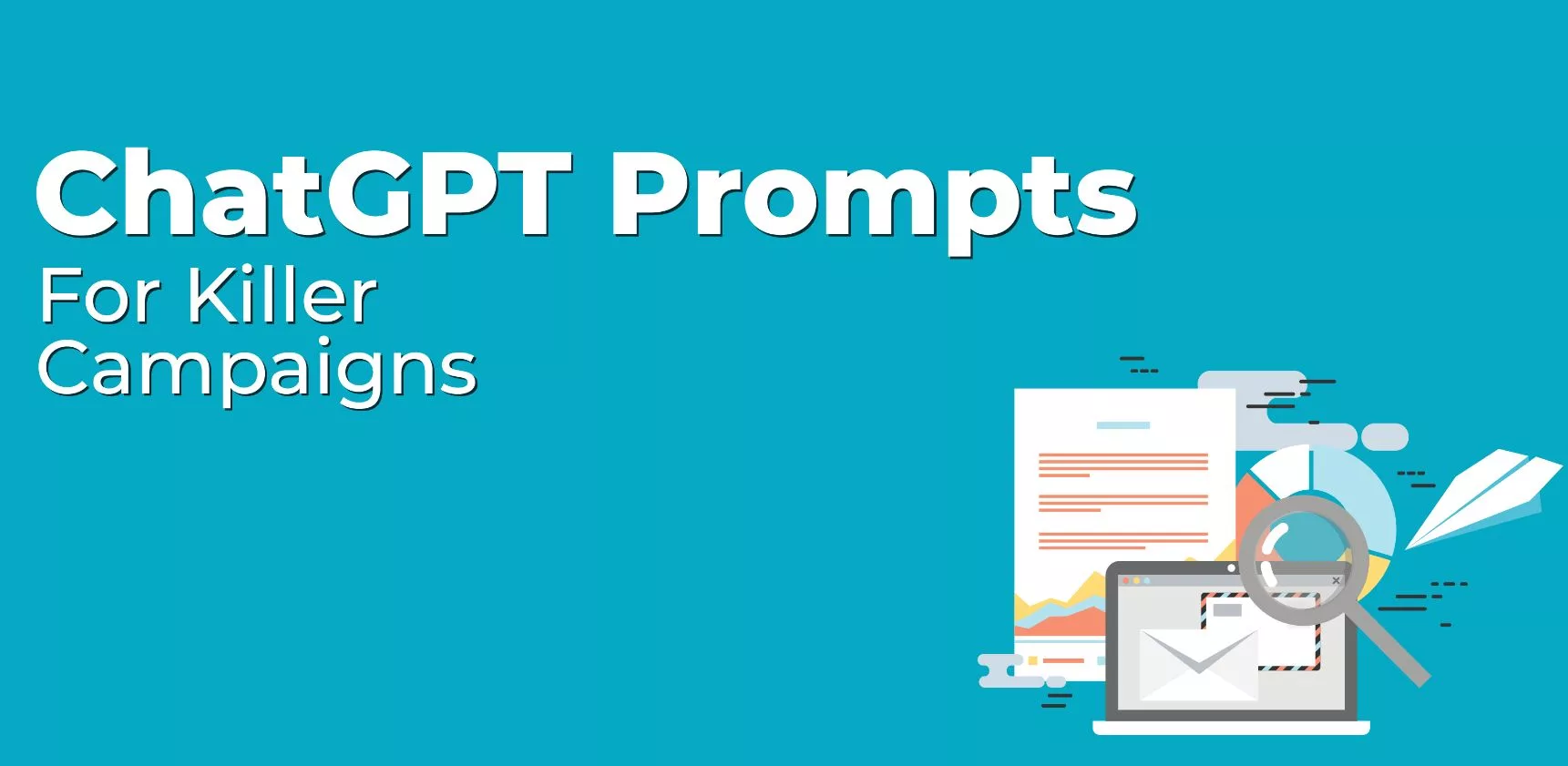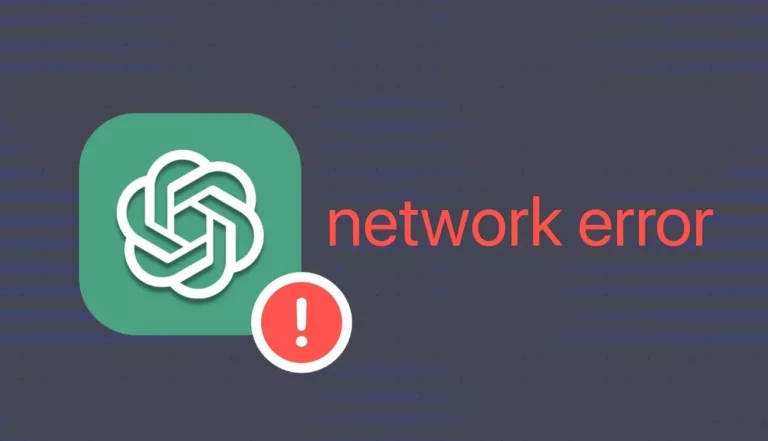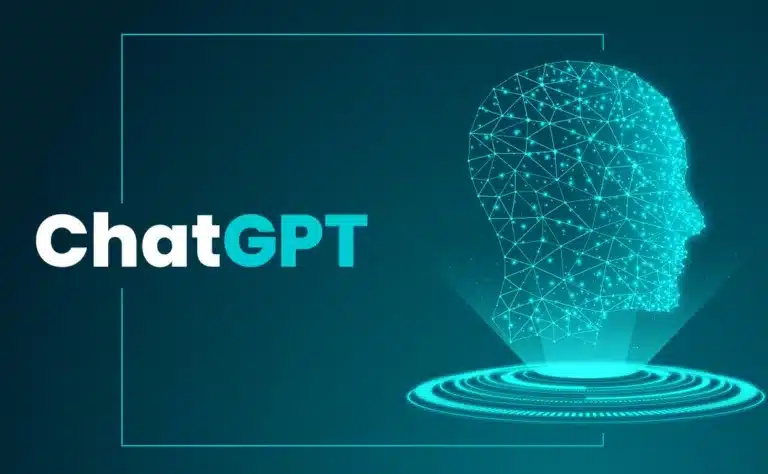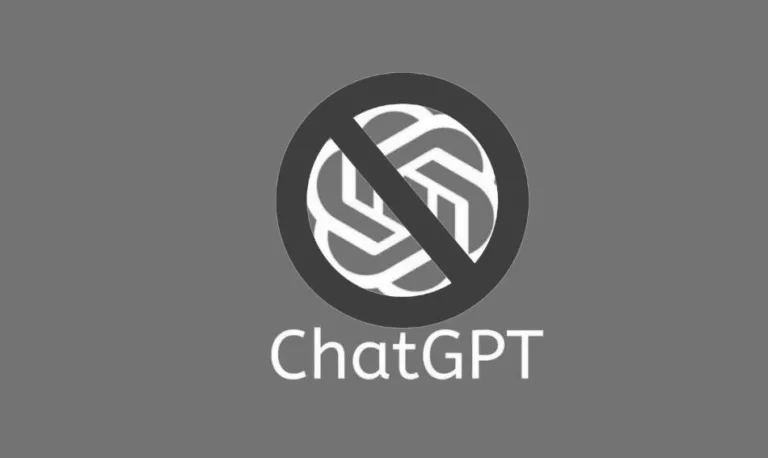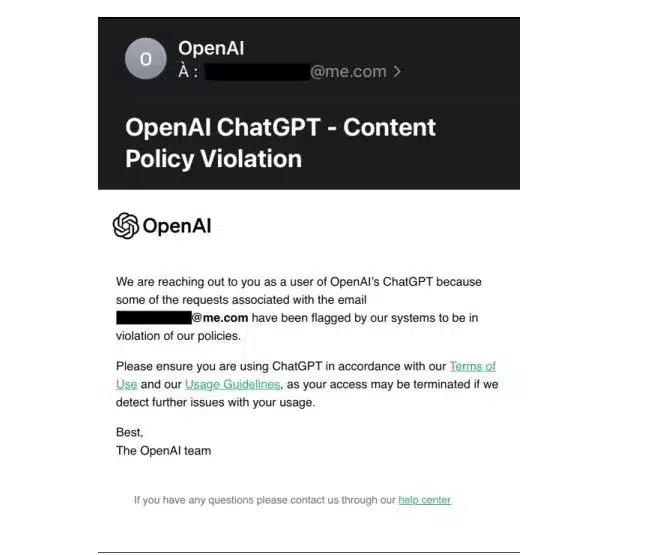Guide to Crafting Creative ChatGPT Prompts
The struggle is real when it comes to figuring out what to ask your ChatGPT.
You sit there, fingers hovering over the keyboard, as you ponder the endless possibilities. But what if I told you that the key to unlocking ChatGPT’s full potential lies in the prompts you feed it?
That’s right; the difference between a mediocre and a mind-blowing AI interaction often boils down to the quality of your prompts.
In this comprehensive guide, we’re not just scratching the surface; we’re diving deep into the ocean of ChatGPT prompts. From the basic types to advanced techniques, we’re covering it all.
We’ll even touch on how to use Jasper AI to fine-tune your prompts for optimal results.
So if you’re tired of the same old, predictable ChatGPT conversations, stick around. This guide is your ticket to a more engaging and insightful AI experience.
Types of ChatGPT Prompts
Open-Ended Prompts
Open-ended prompts are the wild cards of the ChatGPT world. They’re like throwing a fishing line into a vast ocean—you never know what you’re going to catch.
These prompts are perfect for those times when you’re looking for a broad spectrum of responses.
Whether it’s brainstorming ideas for a novel or simply wanting to explore a topic, open-ended prompts give ChatGPT the creative freedom it needs to surprise you.
Examples:
- “Tell me a story about a mysterious island.”
- “What are some innovative solutions to climate change?”
But here’s the catch: while open-ended prompts offer a wide range of possibilities, they can also lead to vague or off-topic responses. That’s why it’s crucial to strike a balance between being open-ended and providing some direction.
For instance, instead of asking, “Tell me a story,” you could say, “Tell me a story that involves time travel and a talking dog.” By doing so, you’re giving ChatGPT a creative playground while also setting some boundaries.
Directive Prompts
Directive prompts are the exact opposite of open-ended ones. They’re like a GPS for ChatGPT, guiding it to a specific destination.
When you need precise information or a particular type of response, directive prompts are your best friends.
Examples:
- “Summarize the key points of quantum physics.”
- “Translate the following sentence into French.”
The beauty of directive prompts lies in their ability to fetch you exactly what you need.
Want a summary of the latest research paper?
Need a list of the best Italian restaurants in your city?
Directive prompts have got you covered. However, they do come with a limitation: they’re not the best for creative or exploratory tasks. For that, you’ll want to stick with open-ended or contextual prompts.
Crafting the Perfect Prompt
Be Clear and Specific
The golden rule of crafting the perfect ChatGPT prompt is to be as clear and specific as possible.
Vague prompts often lead to vague responses, which is the last thing you want when you’re seeking valuable insights or information.
For example, instead of asking, “Tell me about history,” you could ask, “Explain the events leading up to World War I.” The latter not only narrows down the topic but also sets a clear expectation for the type of response you’re looking for.
Use Proper Formatting
Formatting is more than just a cosmetic touch; it’s a powerful tool that can significantly impact the quality of your ChatGPT interactions.
Bullet points, numbered lists, and tables are not just for show; they serve a functional purpose.
For instance, if you’re asking ChatGPT to list the pros and cons of a particular subject, presenting it in a table format can make the information easier to digest and compare.
Test and Tweak
The journey to mastering ChatGPT prompts is one of trial and error.
Don’t be afraid to experiment with different types of prompts and formatting styles.
Keep track of what works and what doesn’t, and don’t hesitate to make adjustments.
Remember, the goal is to improve the quality of your interactions, and that often involves a bit of tweaking and fine-tuning.
Advanced Techniques
Using System Commands
System commands are like cheat codes for ChatGPT. They allow you to perform specific actions that can enhance your interaction with the AI.
For example, the /remember command can be used to make ChatGPT remember certain details for future conversations.
This is particularly useful for ongoing projects or tasks that require continuity.
Prompt Engineering
Prompt engineering is the art and science of crafting highly optimized prompts for specific outcomes. It’s like being a ChatGPT whisperer, knowing exactly what to say to get the desired response.
This involves a deep understanding of how ChatGPT’s algorithms work, as well as the ability to fine-tune your prompts for maximum effectiveness.
It’s a skill that comes with practice, but once mastered, it can take your ChatGPT interactions to a whole new level.
Jasper AI: Your Prompt Crafting Assistant
If you’re serious about upping your ChatGPT game, Jasper AI is a tool you might want to consider.
Designed to assist in generating creative and effective prompts, Jasper can be a valuable asset in your ChatGPT toolkit.
Whether you’re looking to craft open-ended prompts for creative writing or directive prompts for research, Jasper’s advanced algorithms can help you hit the bullseye every time.
Conclusion
Mastering the art of ChatGPT prompts is not just about asking the right questions; it’s about asking them in the right way.
From the type of prompt to the formatting and advanced techniques, every little detail counts.
And the best part?
The more you practice, the better you get.
So go ahead, start crafting your perfect prompts, and unlock a world of possibilities with ChatGPT.
FAQs
What are ChatGPT Prompts?
ChatGPT prompts are the questions or statements you input into the ChatGPT interface to initiate a conversation or request specific information.
The quality of your prompt often determines the quality of the AI’s response.
Why Do I Need to Craft Creative Prompts?
Creative prompts allow you to explore a wide range of possibilities with ChatGPT. Whether you’re looking for innovative ideas, detailed explanations, or engaging stories, a well-crafted prompt can make all the difference.
What are Open-Ended Prompts?
Open-ended prompts are questions or statements that allow ChatGPT to generate a wide range of responses. They are ideal for brainstorming sessions, creative writing, and exploratory discussions.
How are Directive Prompts Different?
Directive prompts are designed to elicit a specific type of response from ChatGPT. They are useful when you need precise information or want the AI to perform a particular task, like summarizing a document or translating text.
What are Contextual Prompts?
Contextual prompts provide background information to guide the AI’s response. They are useful when you want ChatGPT to consider specific conditions or limitations, such as professional expertise or historical context.
Can I Use Formatting in My Prompts?
Absolutely! Proper formatting like bullet points, numbered lists, and tables can make your prompts more organized and easier for ChatGPT to understand. It can also improve the readability of the AI’s responses.
What is Prompt Engineering?
Prompt engineering involves fine-tuning your prompts to get highly specific and optimized outputs. It’s an advanced technique that requires a deep understanding of how ChatGPT’s algorithms work.
How Can Jasper AI Help Me with Crafting Prompts?
Jasper AI is designed to assist in generating creative and effective prompts. It uses advanced algorithms to help you craft prompts that are more likely to yield the type of responses you’re looking for.
How Do I Experiment with Different Prompts?
The key to mastering ChatGPT prompts is trial and error. Don’t be afraid to experiment with different types, formats, and phrasing. Keep track of what works and what doesn’t, and adjust your approach accordingly.
Where Can I Learn More About Advanced Techniques?
Our article covers some advanced techniques like using system commands and prompt engineering. For more in-depth information, you can explore ChatGPT’s official documentation or join classes dedicated to ChatGPT enthusiasts.

